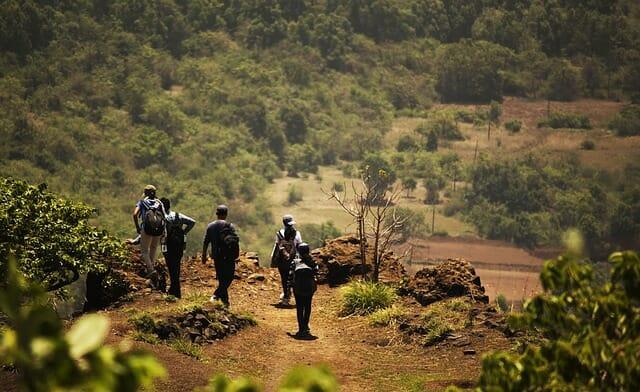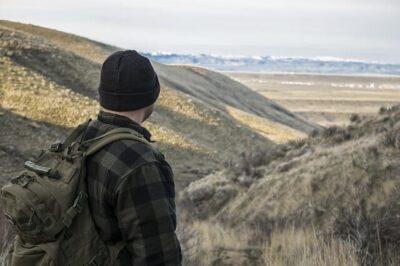
Thousands of people find themselves in survival situations each year, and many of them tragically perish simply because they believed a myth to be true.
Below are five such survival myths, and how to avoid them:
Myth No. 1 – Your Shelter Has to Keep You Completely Covered
Most people are under the impression that a survival shelter must consist of four walls and a roof. It is true that your shelter needs to keep you protected from the elements, whether it be rain, snow, wind or the blistering hot sun.
However, a shelter doesn’t always have to keep you covered from all sides. This is because the main purpose of a shelter is to keep you warm and insulated. It may not always be necessary to waste valuable time and resources to ensure that your shelter has four walls with a roof.
For example, in some survival scenarios, a simple lean-to with bedding on the ground will suffice. As long as the wall of the lean-to is against the wind and the bedding offers you ample insulation and warmth from the cold earth, there’s no reason to continue building more walls.
Myth No. 2 – You Can Drink Your Own Urine
Okay, yes, you (sort of) can drink your own urine. However, the idea that your urine will keep you hydrated in a survival situation is a huge myth. On the contrary, your urine is only going to make you more dehydrated and, thus, more thirsty!
Goofy Gadget Can Recharge Your Laptop — And Jump-Start Your Car!
This is something that must be avoided at all costs in a survival scenario, especially if you’re in a hot or desert environment. But perhaps the biggest danger of all to drinking your own urine is the significant stress it will inflict on your kidneys, which will also make you more thirsty.
Don’t drink your urine in a survival situation (unless you filter it with a solar still).
Myth No. 3 – Food Should Be Your Top Priority
Should finding food be a priority in a survival situation? Absolutely. But should it be the “top” priority? Think again.
The human body can last for up to three weeks without any food. In contrast, it can last for only three days without water, and hypothermia can kill you in less than a few hours.

So, in other words, finding water and keeping yourself warm and insulated with fire and shelter need to be bigger priorities than finding food.
Another priority over food will be navigation. You don’t want to live in the wilderness; you want to escape from it, and to do that you need to find out where you need to go.
Myth No. 4 – You Can Outrun a Bear
Bears are very bulky and heavy animals, which may make you think they are slow runners or only capable of quick sprints.
But don’t be fooled. Not only can brown bears achieve speeds of 30 miles an hour (far faster than any human can achieve), they can maintain this speed over virtually any kind of terrain.
Should you encounter a bear in the wild and it begins acting defensively or charges you, turning around to run is the very last thing you should do. Instead, open your jacket to make yourself appear bigger, and yell to make yourself seem more intimidating.
The Life-Saving Water Filter That Purifies River Water!
Should the bear charge you anyway, then protect your front with a backpack and get down on the ground and keep yourself covered as much as possible. Play dead, and the bear may lose interest and leave.
Myth No. 5 – Boiling Water Automatically Makes it Safe to Drink
There’s no denying that boiling is among the most effective water purification method. But does this mean that boiling water automatically makes it safe to drink? Nope.
Boiling gets rid of the deadly pathogens and bacteria that you can’t see. But it can’t “kill” harmful chemicals, and it can’t get rid of dirt.
The most effective way to purify water in the wilderness (assuming you don’t have the ability or the time to distill it) is to run it through a water filter, and then boil it. This way, you remove any visible debris while also killing off any bacteria.
What myths would you add to our list? Share your thoughts in the section below:










